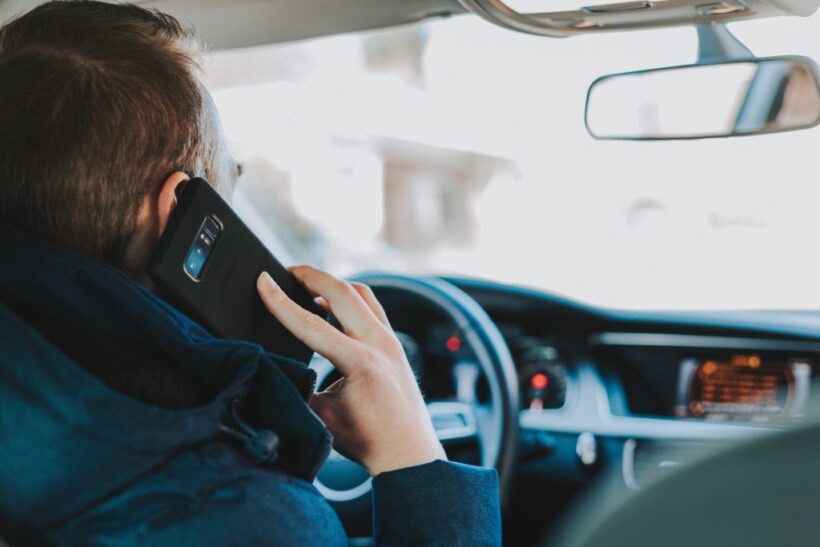We all try our best to be careful when on the road. Sometimes it can be difficult to break those bad habits though and the wrong habits while driving are more likely to lead to an accident.
Here today we’ve put together a list of 5 of the most common bad habits while driving that can lead to an accident and what to do to avoid them. We know that no one is perfect, but perhaps being able to recognize these habits will make you a bit more likely to perform them yourself and keep you safe while on the road.
1. Distracted Driving
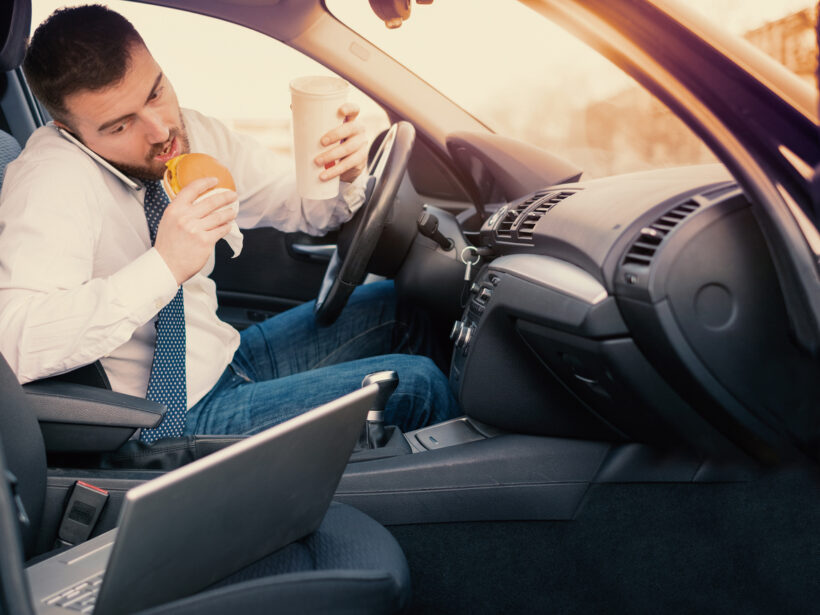
By far the most common cause of accidents to date is distracted driving. The thing about distracted driving is that it is so easy to let happen that most people do not even realize they are doing it. Though cell phone use has declined while driving, there are still many other things that lead to distraction.
Eating, talking with passengers, dealing with children, putting on makeup, even changing clothes are some of the activities that people perform while driving. There are ways to avoid these distractions as well, though for many of them it takes practice. Start by limiting what you carry with you in the vehicle.
If you need to change or put on makeup, do so while parked in a parking lot or at your destination. For eating, again it is best to avoid eating foods while driving. At least wait until the vehicle is safely stopped before taking a bite of food. The same applies to talking with passengers or handling children. Avoid taking your eyes off the road or leaning into the back seat until the vehicle is stopped. To keep kids busy, organize toys and snacks for them in the backseat to allow them to stay content while riding and reduce the need for you to interact with them behind the wheel.
2. Riding the Brakes/Stopping Short
Sometimes, as a preventative measure you may see people who keep their foot on the brake while moving. It may be that traffic is barely moving or they are expecting to have to stop quickly, so they never let their foot completely off the brake. While this may sound like a good precaution in stop and go traffic, it can confuse other drivers and also makes it difficult for you to get moving if traffic flow resumes a normal speed. It is better to brake and stop appropriately than to keep the brakes pressed while driving.
Another problem that leads to accidents is when a person stops suddenly while in traffic. Part of good defensive driving means driving with the flow of traffic and paying attention to what is ahead of you so that you can stop in time accordingly. Waiting to stop at the last minute or heavily pressing the brakes to stop out of nowhere can cause multiple collisions to occur at once and is a danger to those around you. Even at slow speed a sudden jolt from a person stopping abruptly is enough to move one vehicle into another and cause a pileup, besides the potential for whiplash and other injuries.
3. Failing to Signal
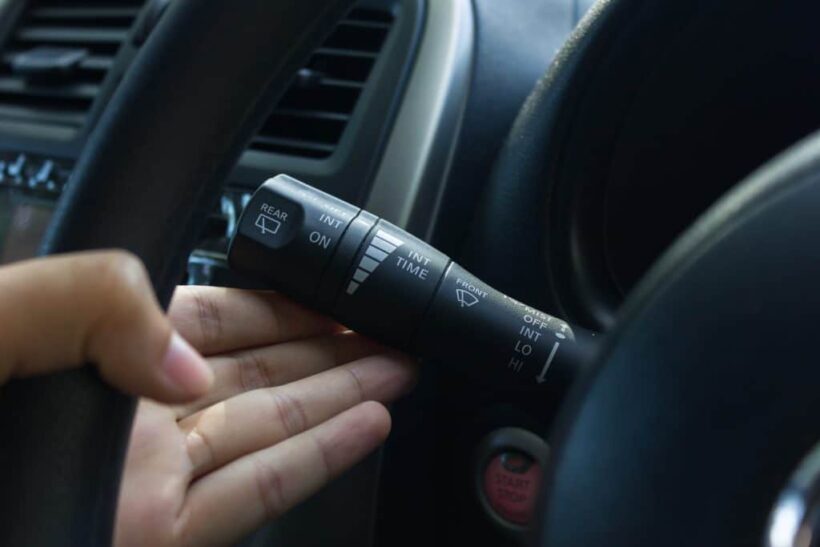
It’s easy to believe that if the lane is open and no one is directly behind or beside you that you do not need to signal when changing lanes or turning, but the fact is, vehicles are equipped with turn signals for a very important reason. We’ve all likely been in a vehicle when a sudden turn or lane change interrupted the flow of traffic. If the people following are able to notice in time a collision can be avoided, but sometimes when a person decides to act without signaling, it can lead to a serious accident.
Vehicles with working turn signals should always use them when making a turn or changing lanes, regardless of traffic and rate of speed. This is to let both those in front of and behind that the vehicle will be changing position and allow them to act accordingly. It is easy to forget as you are traveling along, but worth remembering if you want to avoid an accident. Signal every time, even if it seems pointless.
4. Slowing Down/Onlooking
Most of us are guilty of this one, whether it be on purpose or accident, when we see something happen on the road near us, we always slow down to look. This causes a two-fold problem. By slowing down to look at another accident or situation on the road you inadvertently hold up traffic, this can cause an accident if other drivers are not paying attention. Besides that, looking at something else on the road for even a second is enough time to get into or cause an accident.
It is human nature to want to know what happened, but if you are truly interested in figuring out the situation, take a moment to pull over and check out the situation rather than impede traffic and possibly cause an accident.
5. Tailgating
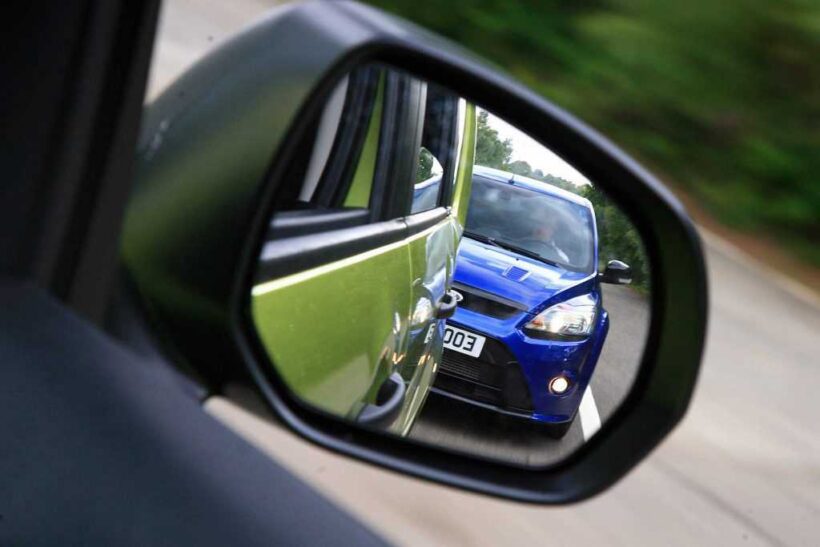
Everyone knows what it is like to be in a hurry to get to your destination, but one of the worst things you can do while driving is to drive too close to another vehicle. This limits your ability to stop and makes it much more likely that you will cause a rear end collision. Failing to leave enough space between you and the next vehicle is known as tailgating and is more dangerous the faster you are traveling.
Safety experts recommend leaving one car length of space between vehicles for every 10 mph your vehicle is traveling for a safe stopping distance. It can be difficult to get that much space between vehicles on a major highway, but leaving as much space as possible will help avoid a collision.
What To Do After a Car Accident
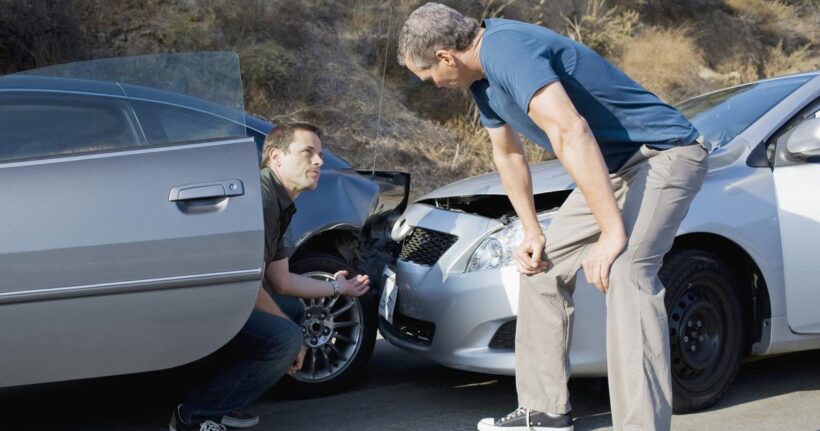
Unfortunately all these bad habits make car accidents a common occurance on the road. If you do find yourself in an accident, follow these steps laid out by Roberts & Spiegel, a Fresno based car accident lawyer, to protect yourself physically and legally.
- Stay at the scene: Leaving the accident scene can lead to a hit and run charge, even if you are not at fault. Wait for the police to arrive and provide them with accurate information.
- Be cautious about what you say: Avoid admitting fault, as this can be used against you later on. Provide factual information and let the authorities determine the cause of the accident.
- Collect evidence: Take pictures of the accident scene and gather contact information from witnesses. This can be helpful in determining what happened and proving fault.
- Consider filing a personal injury claim: In most states, there is a statute of limitations for personal injury claims, so it is important to contact a lawyer as soon as possible to file a claim and protect your rights.
Conclusion
There you have it, five of the most common bad driving habits that can lead to an accident. Hopefully this list will make you more aware of these habits and help you avoid them the next time you are on the road traveling.

